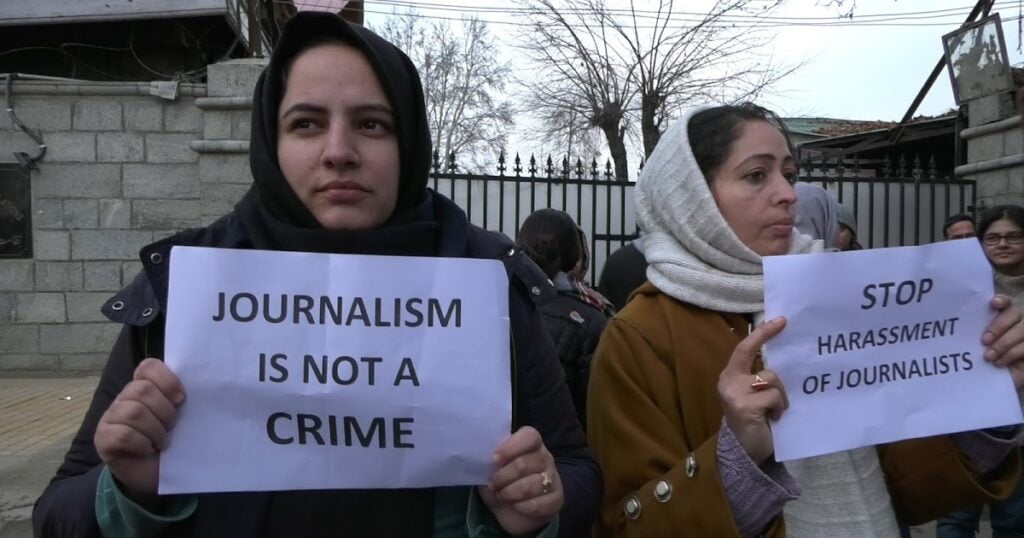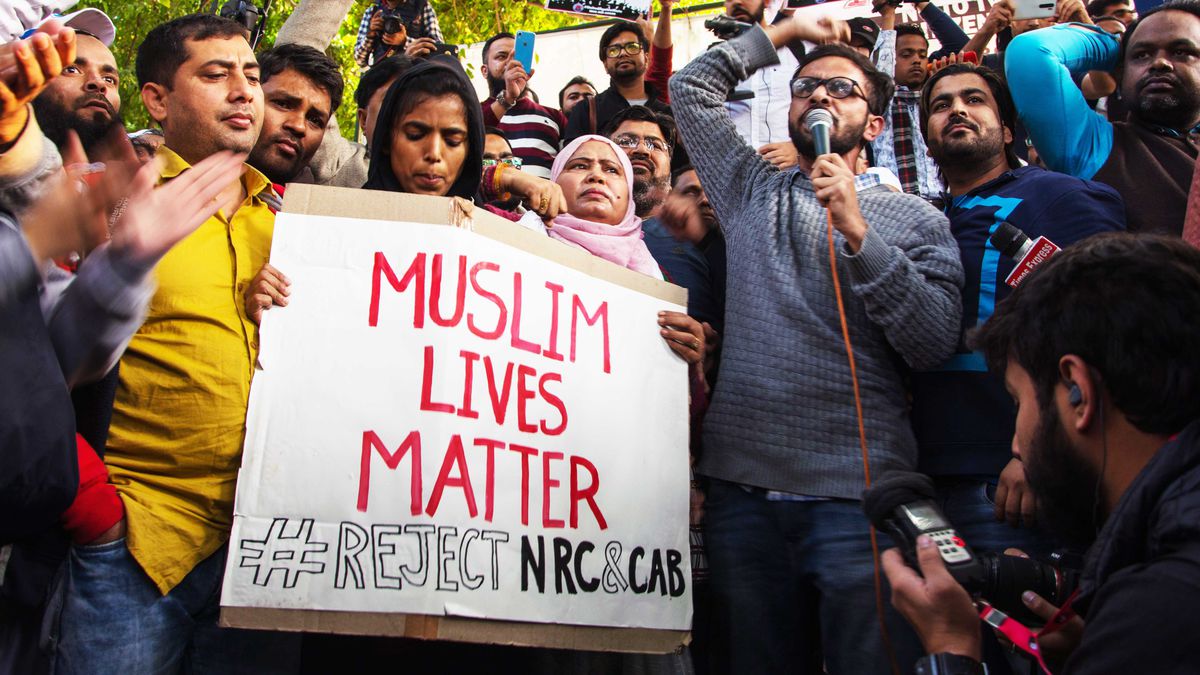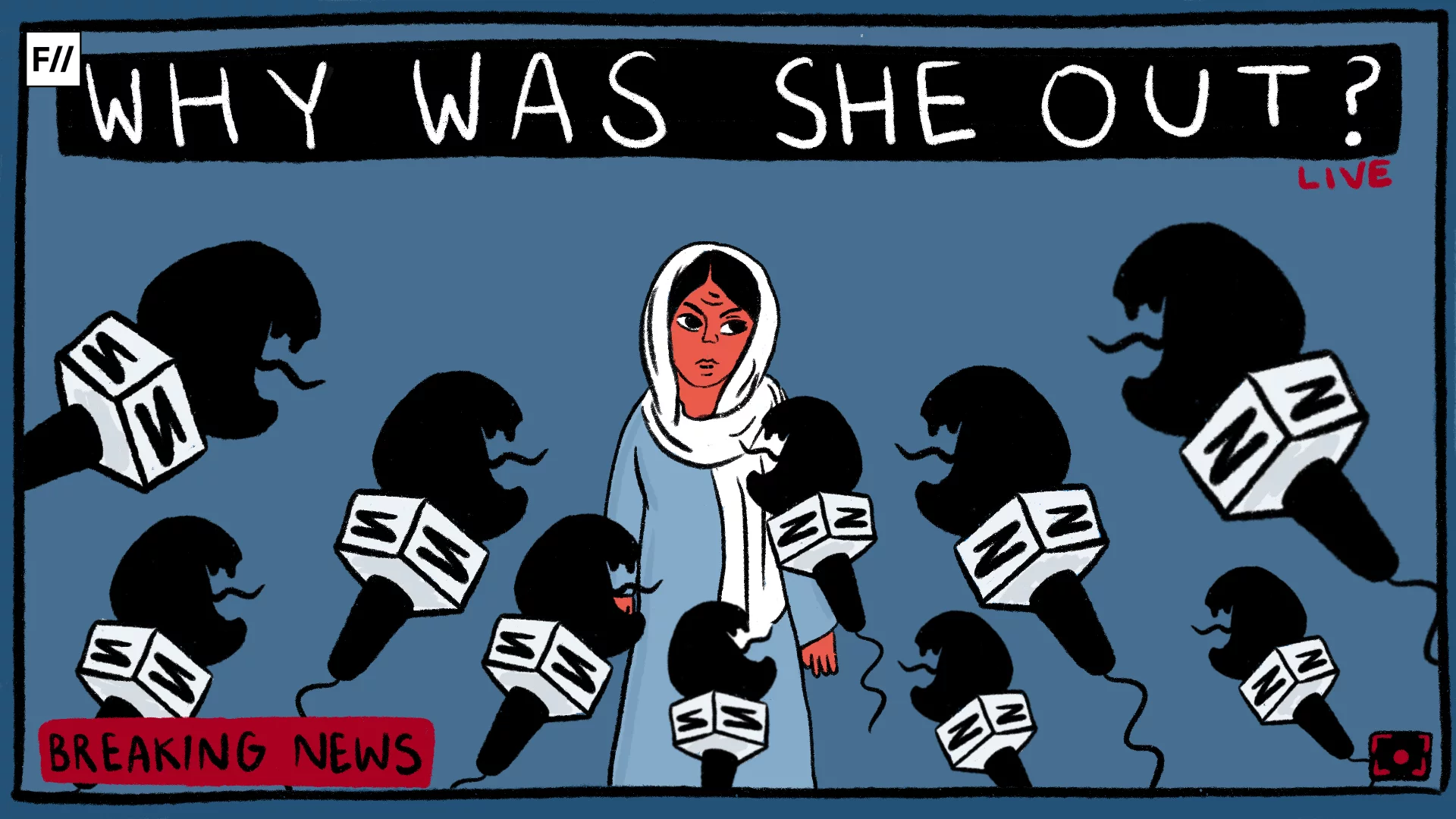This November, the US-based research organisation ‘Early Warning Project’ released its annual report on which countries were prone to violence—specifically, mass killings. They define this as: “The deliberate actions of armed groups in a particular country (including but not limited to state security forces, rebel armies, and other militias) result in the deaths of at least 1,000 non-combatant civilians in that country over a period of one year or less. The civilians must also have been targeted for being part of a specific group.”
They consider mass killing to be a “subset of mass atrocities” which is more broadly understood as systematic violence against civilian populations—a crime that is all-too-common in Indian history.
2022 witnessed several cases of systemic discrimination against Indian Muslim minority, which has continued to worsen, only to be met with impunity. State-abetted actions to restrict Muslim rights have resulted only in rampant hate speech Hindu nationalist leaders and grave insecurity for many Muslim people.

At the cusp of 2021, extremist religious leaders’ called for mass killings of Muslims. In the following year, several states became sites of large-scale violence targeting Muslims. Hindu nationalist processions participated in derogatory anti-Muslim chants and the desecration of mosques. Authorities bulldozed the homes of several muslim communities, inclusing that of the student activist Afreen Fatima. An Article-14 report cited these illegal instances as a collective punishment.
Jammu and Kashmir has faced increasing governmental crackdown on journalists and human rights defenders. Other religious minorities, like Christians, have reportedly faced increasing harassment in the past year, particularly in the states of UP and Chattisgarh. The NGO United Christian Forum has said that 207 incidents of violence against Christians have been reported this year in India till May.
Also read: Hinduism Vs Hindutva: A Distinction Of Convenience?
Caste-based violence is another critical factor that is, perhaps, undermined in the report. It briefly mentions the persecution of Dalit people, but the cases of deadly caste-based violence in the past years have been severe—with Dalit children and women often facing the brunt of casteism. India also has a brutal history of caste-based massacres. Often, such incidents don’t even make it to official statistics or the news, because of institutional stigma and abuse.

The Early Warning Project also identifies the socio-economic distribution of “Ethnic Fractionalisation” as an indicator; while they do not go in-depth into the impacts of class divides in relation to religion and caste in India, this might be another perspective oft-ignored due to elitism.
Such intersectionalities form a much-needed critical lens when understanding the issue of mass killings under a largely discriminatory government.
According to the Early Warning Project’s model, the key factors primarily accounting for India’s high-risk prediction are the magnitude of its population, its history of mass killings, its geographic region, and numbers of war-related deaths (armed conflict between the Government of India, the Communist Party of India [Maoist], and Kashmir insurgents).
Also read: From Hijab Ban To Bulli Bai/Sulli Deals: The Muslim Women’s Assertion Against The Hindutva
The representation of identity-based crime by most mainstream media is also, undoubtedly, problematic, and has been known to fuel communal violence. At the same time, this Early Warning Project report is brushed off under the rug and fails to be highlighted in popular newsroom discussions—as it should be. Politicians and religious leaders cannot continue to be given the space to disseminate hatred amongst the civil body.

Earlier this year, a US official also brought up the gravity of the violent discrimination in the Indian nation, but the government has hardly heeded to these warnings. India has been coming up in the top 15 of the countries with the highest risk of mass killings since the Early Warning Project’s 2017-18 assessment. In that year, 2017, Ahmad Khan, a Muslim folk singer was beaten to death by a priest in Rajasthan over the priest’s incidental discontent with the singing—leading to hundreds of Muslims leaving the surrounding villages. His family was threatened when they tried to file an FIR.
India’s concerning ranks is attributed to the rise in “cow vigilantism” and political party’s blatant discrimination or harmful silence on the matter. Mobs have been known to attack, injure, and kill people, particularly from Muslim or Dalit communities, based on suspicions of beef consumption. Last year, it ranked 2nd highest.
Researchers also attribute India’s shift in rank from 2nd to 8th this year to an improvement in the freedom of men’s movement, according to V-Dem (Varieties of Democracy) Institute’s data. According to the Early Warning Project’s interactive dynamic risk factor model, if this variable had remained unchanged from last year, India would have ranked 1st in 2022-23’s assessment.
How can mass killings be prevented?
Not only is there a failure on the part of judicial systems to identify the perpetrators of identity-based violent discrimination, but also a lack of strict penalisation. More stringent laws pertaining to mass killings (and provokement of the same) could improve the situation and save countless lives. Exclusionary political and religious ideology dissemination that curbs human rights and civil liberties, is a marked cause for mass atrocities. This is often in relation to discriminatory governance.

Waris Husain, a human rights attorney, in his interview with the US Holocaust Memorial Museum, suggested international attention as a means for prevention. “The International Community must let India know that it is watching carefully and does not accept the government’s anti-minority policies or rhetoric. In my view, a mass atrocity only happens if the Modi administration thinks that the international community has its eye off the ball.”
Also read: From Water Tanks to Institutions: Violence Against Dalits In India
With the Indian government taking up the G20 presidency this year—the international community is watching. It is imperative that the blatant institutional atrocities that thread national undercurrents are brought to light in the world’s eyes. Perhaps, then, every individual in this nation can hope for true freedom.




